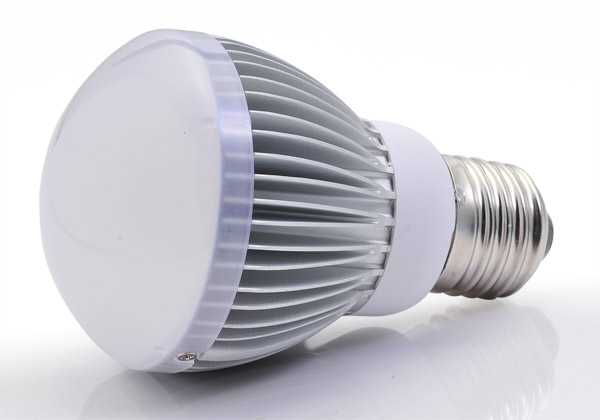Why consider LED Bulbs for lighting

These cheap, long-lived light sources have come on in leaps and bounds over the past few years – although they have been used as early back as 1962 they have only recently been perfected for lighting – and now are a genuine choice for every consumer.
But will the LED Bulbs take over lighting?
To judge this it is good to take into account its rivals – the traditional incandescent bulb, halogen lamps, tube fluorescent lights and CFL’s (Compact Fluorescent Light).
Government action is definitely on LED’s side with regard to it replacing the old incandescent bulb. In the European Union most types of incandescent bulbs are banned, with only existing stock allowed to be sold. Halogens are also due to go, meaning even those who prefer the light and don’t worry about the cost will have to change. Canada too has taken action, but the USA still allows the incandescent bulbs. As the US is a major market the death of the traditional light-bulb may be a slow one, but attitudes and new technologies driven by the rest of the west will still have an impact.
Tube fluorescents are not direct rivals to LED’s in most homes, but their alternative form, the CFL, is.
CFL’s have energy saving advantages, and like LED’s are often designed to fit existing light fittings. However they have multiple disadvantages that make LED Bulbs a more attractive choice. Firstly there is that annoying wait for the bulb to reach its full brightness. While improvements have been made, this is a common bugbear which turns many people off CFL’s. Another problem is that visually they are relatively ugly. In covered fittings this may not be such a problem but in open fittings a LED often is the better look.
So what can the CFL do that the LED can’t?
For a start, the initial cost is less. This is an advantage, but the fact that a LED will typically last far longer than a CFL and therefore save you more money in the long run, means that many people will discount this. Not only does this make LED’s attractive already but going forward prices will likely fall as they become even more common and the technology advances. The other CFL advantage is the actual light given off- LED’s have different qualities than CFL’s and some may prefer the latter. Overall though, the LED wins hands down.
What about the practicalities of changing from halogen/incandescent to LED?
While LED’s come in all shapes and sizes, it may be necessary to replace some fittings for them to work in current fixtures. This is likely to result in a slower uptake among people who don’t want the hassle of such work, and for whom the potential savings will be eaten up with the actual cost of installation. Dimmer switches will also restrict your choice, but dimmable LEDs, more expensive of course, are available. Since initial cost can be a barrier this will again reduce uptake, but those who do make the switch will still see savings.
But the future may be not the LED as we know them. OLEDs, the ‘O’ standing for Organic, are being used in mobile phone and tablet screens in order to make them flexible. At the moment they are not really suitable for anything other than lamps- of which some very expensive models already exist- but may in the future allow for a new type of lighting that would be used in completely new ways. Customisable lighting, allowing you to cheaply rearrange your style and areas of lighting is one of the possibilities such an advance could open up. But will the public want to move to this future? LED’s will most likely remain more efficient, cheaper and closer to traditional lighting, meaning only those wanting modernity will switch to OLED’s.
So are LED’s the future of lighting?
Almost certainly. CFL’s will probably survive, but LED’s should keep growing and eat up a huge amount of their market share, with newer technologies unlikely to displace this practical form of lighting, so it might just be worth changing your fixtures to ones more suitable for LED’s.
